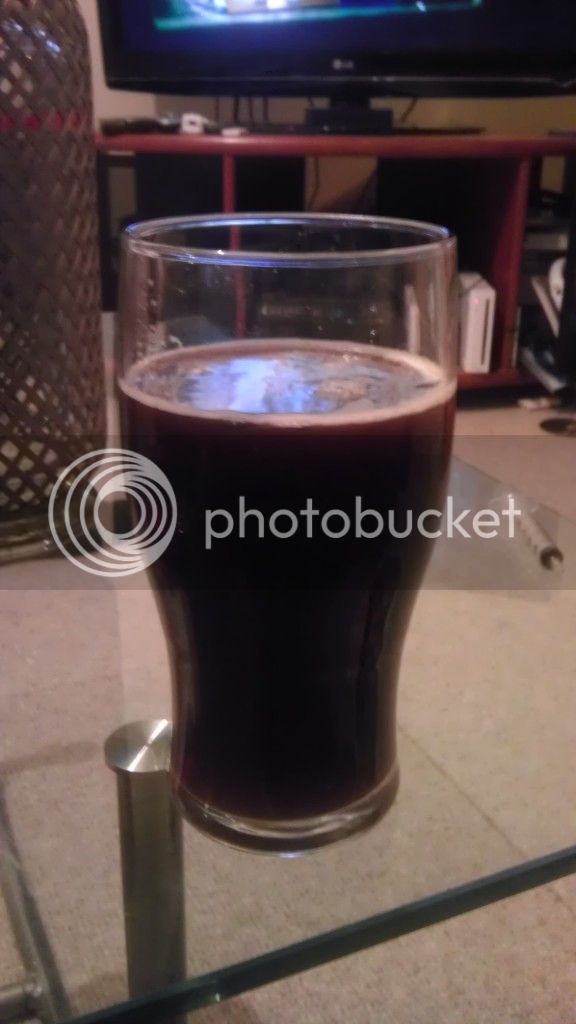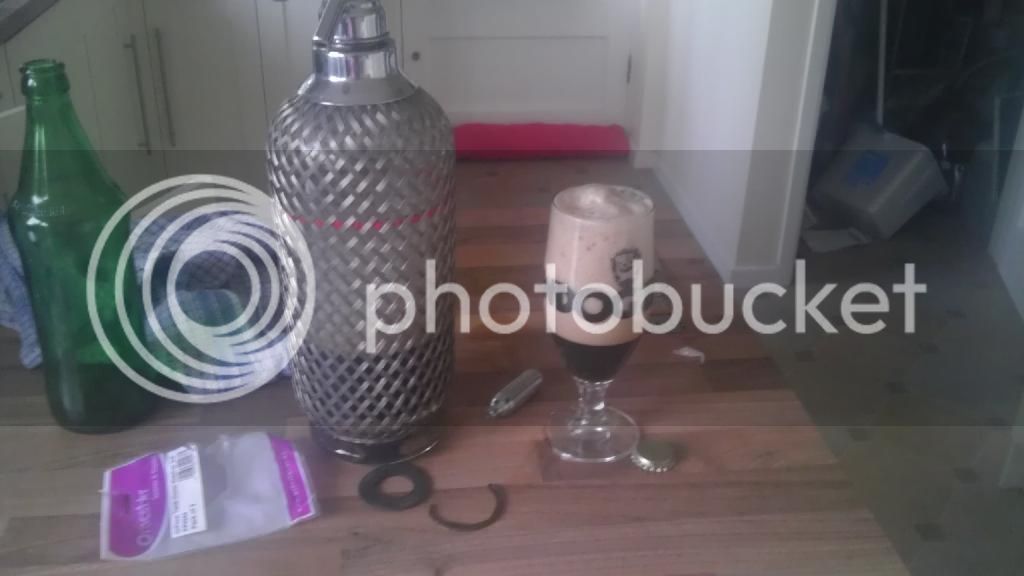I had heard before about using mixed gas from someone who used to work for Gales in the pre-Fullers days and had help set up pub cellars including kegged beers ( he had seen one of my cornies ). Looking further into why I found this article
http://morebeer.com/articles/dispensing_and_serving_beer - with a normal tap it enables you to increase dispense pressure without adding carbonation. Getting the nitro served beers ( which I wouldn't want ) is more down to the tap itself.
As I run short lines I can use a very low dispense pressure so never looked any further as normal CO2 works perfectly. If you had to run long lines for whatever reason there could be some benefit IMHO.
Extract re use of Mixed Gas:
Mixed gas: As mentioned previously, nitrogen can help increase dispense pressure without increasing carbonation because it is far less soluble in beer than catbon dioxide. Because of nitrogenâs contribution of smaller, more consistent bubbles, using a mixed-gas blend for dispense can also contribute to increased foam stability (but not foam quality, which still comes from the carbon dioxide and components of the beer itself, mainly proteins and hop compounds). The appropriate mixture and pressure depend on whether the beer was gassed with straight carbon dioxide or with a nitrogen mixture. Blends of 70% N2 to 30% CO2 are common; check with your supplier to determine what is right for your system.
CO2/N2 mixtures can be purchased in tanks, but bottled mixed gas can be unreliable in its composition. An expensive, but effective, alternative is to buy the nitrogen in bottles and mix it on-site with a system such as the Trumix (McDantim, Helena, Montana), which allows you to set the proportions of CO2 and N2 in the mixture.
To take advantage of the effect of the mixed gas on the beerâs presentation, you need a special type of faucet. These faucets work in the same way as normal faucets, but they have a special disk inside to force the nitrogen out of solution when the beer is poured. The disk is made of metal or plastic and usually has five tiny holes in it. This forces the gas out and creates the cascading effect and smooth creamy head that are expected from nitro beers. These faucets may be harder to get apart than conventional faucets; cleaning might be limited to simply soaking the entire faucet in the âopenâ position and rinsing it well.
To really affect the foam quality, you would need to actually condition the beer with nitrogen, a process which, because of nitrogenâs relative insolubility, can take quite a while. An alternative to conditioning in the keg or tank has recently been introduced to the United States. The device can introduce the desired blend, or straight nitrogen, into uncarbonated beer directly in-line from the keg or tank to the faucet by way of a highly efficient membrane transfer. The system allows pressures higher than blending units can match, which allows for a level of conditioning truly equivalent to a draft Guinness in Dublin. The device also allows for on-the-fly adjustment of the conditioning level. (Look for upcoming issues of BT for more on mixed gas dispense and nitrogenation.)







